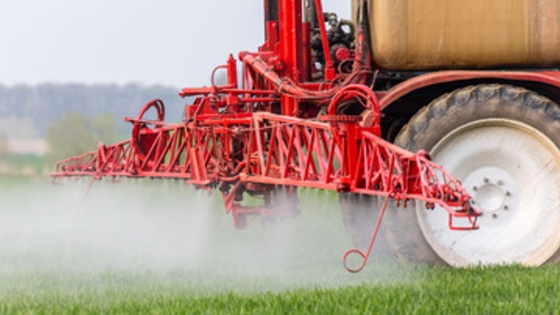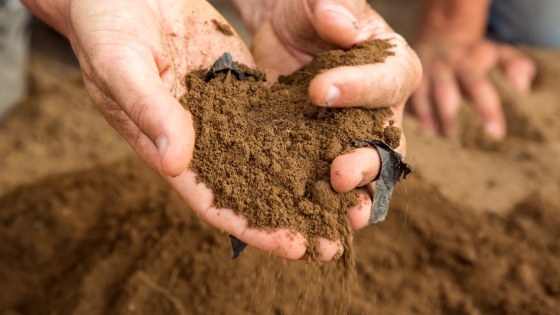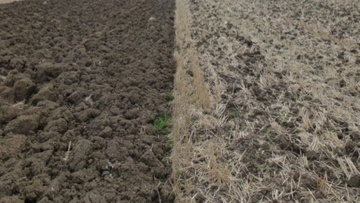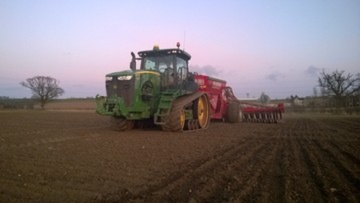Black-grass
Alopecurus myosuroides
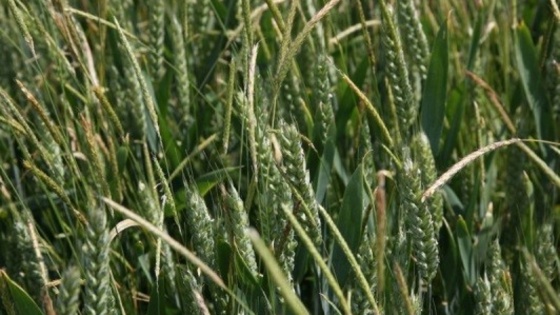
Black-grass is one of the biggest challenges to profitable arable farming in the main wheat growing areas of the UK. On some farms growers have had to adopt dramatic shifts to their rotations, cultivations and even fundamental land use changes to get on top of the weed.
It is an annual grass 20 – 85cm tall with upright round and slender stems with few nodes.
Black-grass Facts
| Herbicide resistance | EMR, ACCase TSR and ALS TSR |
|---|---|
| Leaves | Fine and smooth |
| Auricles | None |
| Ligules | Blunt and finely serrated; 2.5mm |
| Number of seeds produced per plant | Up to 1000 per plant consisting of 100 seeds in each of the 10 heads |
| Seed shed | June to August |
| Germination period | September to November (80%), March to May (20%) |
| Germination depth | Up to 5cm |
| Primary dormancy | Varies with summer temperatures, hot = low dormancy, cold = high dormancy |
| Does it have a secondary dormancy? | Yes |
| Seed longevity | 1 - 5 years |
| Factor promoting germination | (light) |
| Rate of annual seed decline with cultivations | 68% per year |
| Geographical location | Located in the main cereal growing area of the UK, the east of England. Now moving to other areas predominantly in straw used for bedding or in machinery such as balers and pea viners |
| Soil Type | Thrives on a wide range of soil types, predominantly water retentive heavy clays or silts, but very adaptable |
| Impact | Competitive and has a high seed multiplication rate for following years/crops. 10 plants m²=13% yield loss in cereals |

